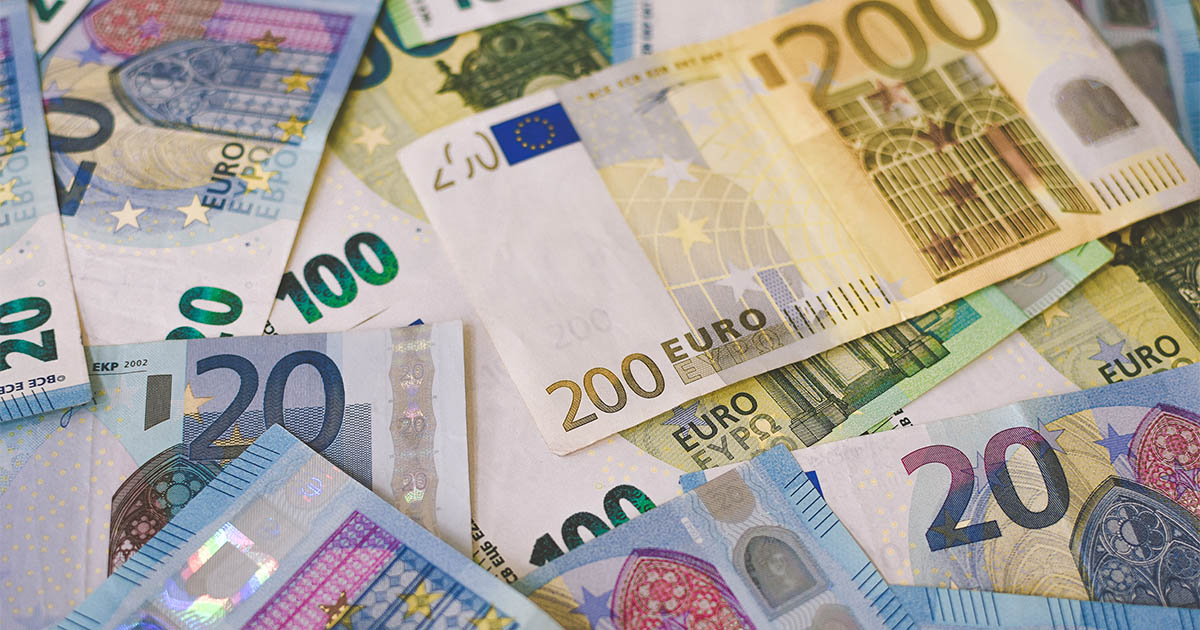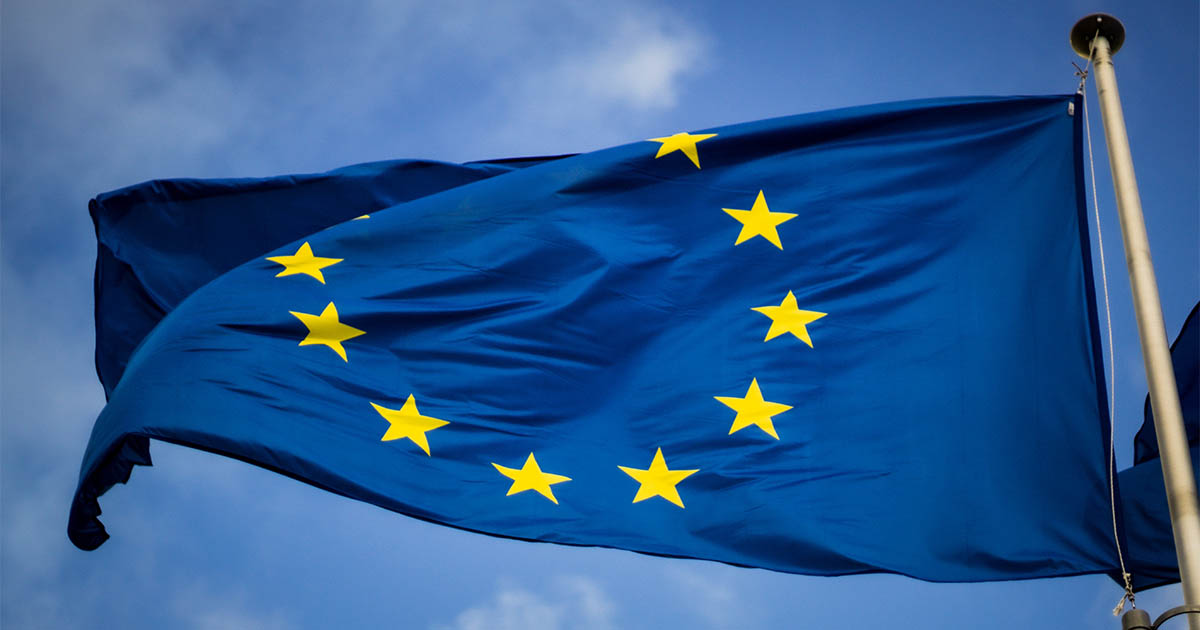Guest Post by Our Friends at Osome
 Photo by Ibrahim Boran
Photo by Ibrahim Boran
Selling in Europe provides opportunities to reach many countries from a single selling account, so you must understand how the European Union applies Value Added Tax (VAT) to online orders. Considering the EU implemented new changes to VAT on July 1, 2021, you must understand how they affect your business before the 4th quarter.
What is the value-added tax (VAT) in Europe?
The VAT is a consumption-based tax levied on the added value of goods and services. It covers almost all goods and services purchased and sold in the European Union for use or consumption. Therefore, goods sold for export or services to customers outside the EU are usually exempt from VAT. On the other hand, Imports are taxed to keep the system fair for EU producers, allowing them to compete on an equal footing with suppliers from outside the Union on the European market.
The VAT as a general tax applies to all commercial activities involving the production, distribution, and provision of goods and services. However, if your company’s annual turnover is less than a certain amount (the threshold), which varies by Member State, they are not required to charge VAT on their sales.
It is also a consumption tax because the final consumer bears the burden. It is not a tax on businesses; instead, it is charged as a percentage of the price from the buyer but paid to the revenue authorities by the seller of the goods, who is the "taxable person.”
How is VAT charged?
The VAT due on any sale is a percentage of the sale price from which the taxable person is entitled to deduct all the tax paid at the previous stage. Therefore, double taxation is avoided, and tax is paid only on the value-added at each stage of production and distribution. In this way, as the product’s final price is equal to the sum of the values added at each preceding stage, the final VAT paid is equal to the sum of the VAT paid at each stage.
VAT rates
According to EU law, the standard VAT rate must be at least 15%, and the reduced rate must be at least 5% (only for supplies of goods and services referred to in an exhaustive list).
The actual rates are different in different EU countries and for different types of products. Furthermore, some EU countries have maintained different rates for specific products.
 Photo by Christian Lue
Photo by Christian Lue
VAT: New e-commerce rules in the EU (2021)
Since July 1, 2021, new VAT rules for online business-to-consumer (B2C) goods and services went into effect across the EU. Authorities hoped to accommodate digital and cross-border commerce growth, often on large marketplaces like Amazon.
The original EU indirect tax rules can't keep up with E-commerce growth. As a result, overseas sellers fail to charge VAT on goods sold to EU consumers. So the EU changed its VAT rules to make it easier for E-commerce businesses to comply and avoid double taxation.
Starting July 1, 2021, the new rules require VAT to be paid where consumers are located, avoiding penalties for local businesses. Second, administrative simplification reduces the burden on businesses. Third, online marketplaces will be more involved in charging and collecting VAT from EU consumers.
It is important that you understand these changes, how they will affect your tax obligations, and how the new EU frameworks will impact your operations.
The New EU VAT Changes
Now let's look at the new EU VAT rules and whom they affect.
-
For online sellers shipping within the EU, there are no longer any distance selling thresholds.
-
One-Stop Shop (OSS) VAT Return for E-commerce
-
Low-Value goods imported into the EU will be subject to VAT
-
In some cases, online marketplaces will be required to charge and collect VAT on behalf of sellers.
No distance selling thresholds
In the past, B2C sales exceeding €35,000 or €100000 in some EU member states were subject to VAT in the seller's country. When the value of the goods you sell in any member state exceeds this threshold, you must register for VAT, charge the member state's VAT upon arrival, and remit the VAT collected to the member state's tax authorities.
Currently, All goods will be taxed when they arrive in the member state. But you can avoid having to register for VAT in each EU member state if you follow the One-Stop-Shop (OSS) scheme.
Instead, you can report all B2C sales to a single member state's tax authorities via a quarterly return (the OSS scheme does not apply to B2B companies).
Also, if you are registered in only one member state, you can choose to be taxed in the member state of departure if the total value of your B2C sales does not exceed €100,000.
One-Stop-Shop(OSS)
The new OSS now makes it easier to account for VAT on imports and exports. All VAT reporting can now be completed with a single VAT return to a single member state's tax authority. You'll still charge the customer country's VAT, but you just have to report this to any state's tax authority.
You can still choose to register for VAT in each member state, but it makes no sense to waste time with unnecessary paperwork if you don't have to.
 Photo by Paul Teysen
Photo by Paul Teysen
Low-value imports
All commercial goods imported into the EU will be subject to VAT. Any low-value goods you import are subject to VAT unless you choose to use the Import One-Stop-Shop (IOSS).
The IOSS is essentially a new scheme to assist businesses in reporting sales of low-value goods imported from outside the EU. It allows importers to charge VAT at the point-of-sale (POS), which means the customer picks up the bill and then declares it via monthly IOSS returns.
If you operate in an EU member state, contact your local tax authority to sign up. If you're outside the EU, you'll have to register with the member state where your intermediary is located.
Online marketplaces are required to charge and collect VAT on behalf of sellers in some scenarios.
If:
-
You're a non-EU company that ships within the EU and/or sells low-value goods directly to EU customers;
-
You're an EU company that imports low-value goods from non-EU countries (aka third countries) and sells them directly to EU customers.
Your platform might be classified as a supplier because you facilitated the sale. As a result, you're required to charge and report VAT.
In addition, suppliers are companies who meet any of these criteria:
-
Import and ship goods (under €150 in value) from outside the EU directly to EU-based consumers
-
a non-EU seller who sells goods within the EU to customers also located in the EU.
Suppose you meet any of the above criteria. In that case, then you're required to charge VAT to your customers and report the information to the authorities. Customers cannot be charged VAT by the actual seller (as your platform is now deemed the supplier).
As a result, you must:
-
Make a clear distinction between sales made through your channels (your website) and those made through online marketplaces.
-
Understand any necessary changes to your transaction, internal IT system, and invoices and contracts that you produce.
-
Contact the marketplaces where you sell your goods, as they may be considered your supplier for VAT purposes.
Conclusion: Why you should implement new VAT rules before the holiday shopping across Europe
Black Friday is on November 26, –– and 31% of consumers indicate that they’ll likely shop online this holiday season on this day.
Late October (13%), early November (19%), and mid-November (12%) are also not far behind Black Friday, indicating that shoppers may opt to shop early this holiday season.
Probably due to the threat of shipping delays and other lockdown-related issues. If your customers are primarily from Europe, you may want to get your VAT sorted out by October.
We wish you much success this holiday season!
About the Author
Osome is a digital business assistant that offers online accounting services for small and medium businesses. They make use of machine learning and complex algorithms to build mobile and web products and automate accounting, tax, company formation, and other tasks. Learn more at Osome.com.
DISCOVER, OPTIMIZE, AND GROW YOUR
|

